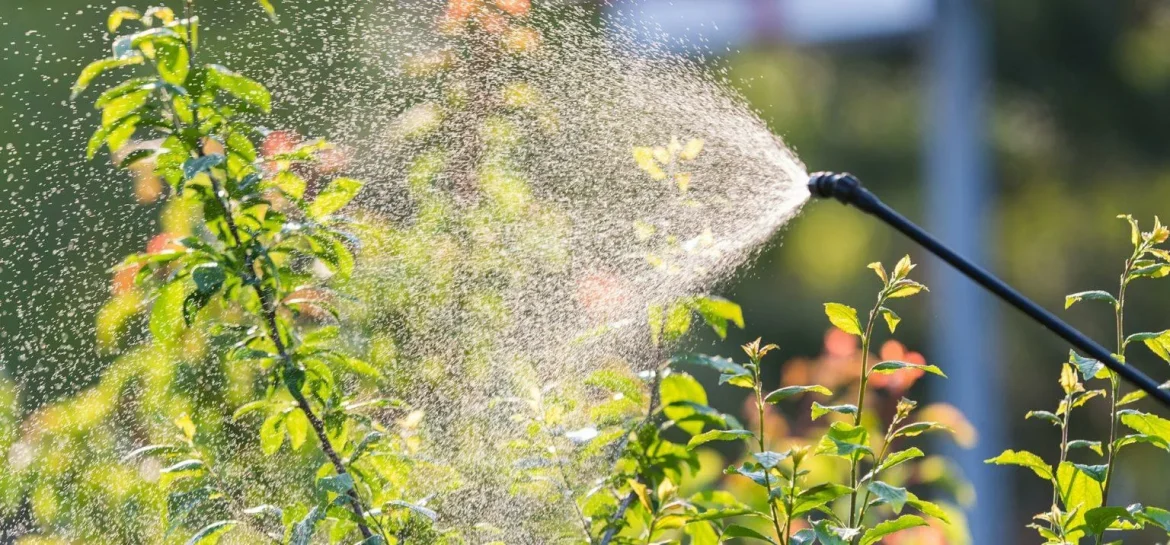Cultural practices are the first line of defense. Crop rotation, companion planting, and selecting resistant varieties reduce the likelihood of pest and disease problems. Healthy soil and proper watering increase plant resilience. Avoiding overhead watering minimizes fungal growth, and removing weeds eliminates habitats for pests.
Advertisement
Mechanical control includes handpicking pests, using barriers such as row covers, and installing traps for insects or rodents. These methods are environmentally friendly and prevent reliance on chemical pesticides. Biological control introduces natural predators, like ladybugs or nematodes, to manage pest populations naturally.
Chemical control is considered a last resort. If pesticides are necessary, gardeners should choose targeted, low-toxicity options and follow label instructions carefully. Overuse of chemicals can harm beneficial insects, contaminate soil, and disrupt ecosystems. Integrated Pest Management (IPM) combines multiple strategies for sustainable and effective pest and disease control.
